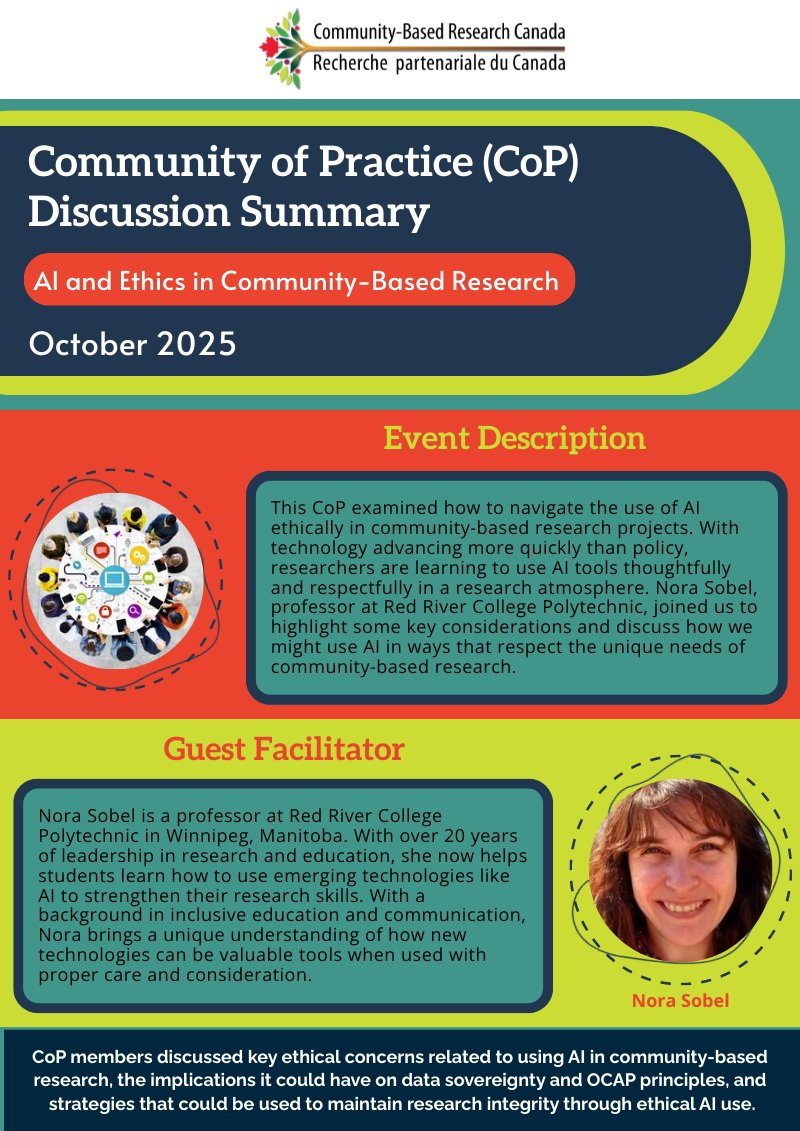Advancing Equity and Access in Community-Based Fall Prevention
- info744486
- Oct 29
- 2 min read
These resources were shared by the presenter of CBRCanada’s October e-learning event, Jennifer O’Neil, recipient of our 2025 Emerging Researcher Award. They highlight innovative, community-driven approaches to healthy aging and fall prevention in Francophone communities across Canada.
Savard J, Labossière S, Cardinal D, Pinet B, Borris C. Évaluation de Marche vers le futur, un programme novateur de prévention des chutes offert par videoconference. Can J Aging. 2018 Dec;37(4):363-376. doi: 10.1017/S0714980818000326. Epub 2018 Jul 17. PMID: 30012228.
Abstract: Several fall prevention programs have been implemented to reduce falls among seniors. In some rural areas or in French-speaking minority communities, the availability of such programs is limited. The objectives of this paper are to: (a) describe the Fall Prevention Program Marche vers le futur, offered in French, by videoconference; and (b) present the results of the evaluation of the program objectives. Results demonstrate that participants have improved their physical abilities, gained knowledge, adopted new behaviors and lifestyle habits. In short, Marche vers le futur reduces fall risk factors in a manner equal or superior to other programs. Marche vers le futur has made possible the provision of services in French in communities where availability of French-language resources is very limited, therefore fostering equity in access to health services.
O’Neil J, Dionne N, Marchand S, Cardinal D, Handrigan G, Savard J. Reach, Adoption, and Implementation Strategies of a Telehealth Fall Prevention Program: Perspectives From Francophone Communities Across Canada. Health Promotion Practice. 2024;26(3):569-578. doi:10.1177/15248399241252
Abstract: Introduction. A fall may impact a person's physical, emotional, and psychological well-being. Fall prevention programs are being implemented to reduce these negative outcomes. However, linguistic barriers in health services may reduce access to such prevention programs. A telehealth fall prevention program was designed to increase access to such programs in French for Francophone minority communities in Canada. This capacity-building project aimed to support community partners to deliver this telehealth program and document strategies used to reach, adopt, and implement the program within various Francophone and Acadian Minority Communities. Methods. A sequential explanatory mixed methodology was used to document reach, adoption, and implementation strategies and describe the lived experiences of program facilitators and organization representatives. Reach, adoption, and implementation were documented and analyzed descriptively, while lived experiences were analyzed using content analysis following the Consortium Framework for Implementation Research. Results. Twelve organization representatives or program facilitators from eight organizations operating in four different provinces participated in the study. Three themes emerged from the qualitative data on reach and adoption: external context, internal context, and capacity building. Four themes were identified as barriers and facilitators to implementation: level of preparation and time management, interpersonal relations and telepresence, exercise facilitation and safety, and technological problem-solving. Conclusion. Using tailored reach and adoption strategies such as prioritizing provinces with higher proportions of needs and training local community program facilitators may lead to the successful implementation of a new telehealth fall prevention program. Results from this study could potentially inform other primary prevention programs or telehealth program implementation.
Together, these studies demonstrate how telehealth and community-based research can expand equitable access to fall prevention and support healthier aging in underserved populations.



